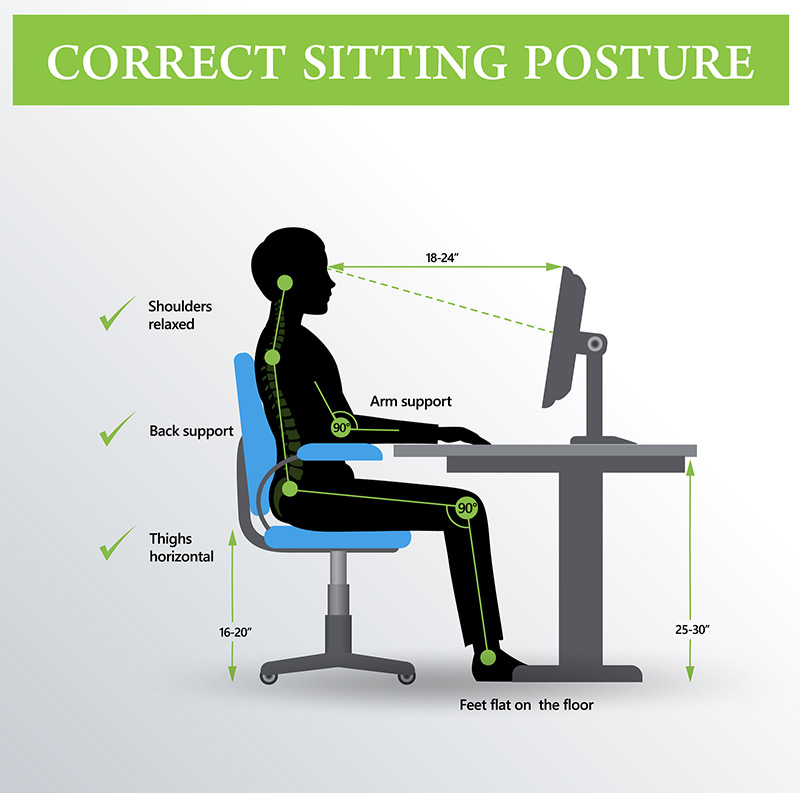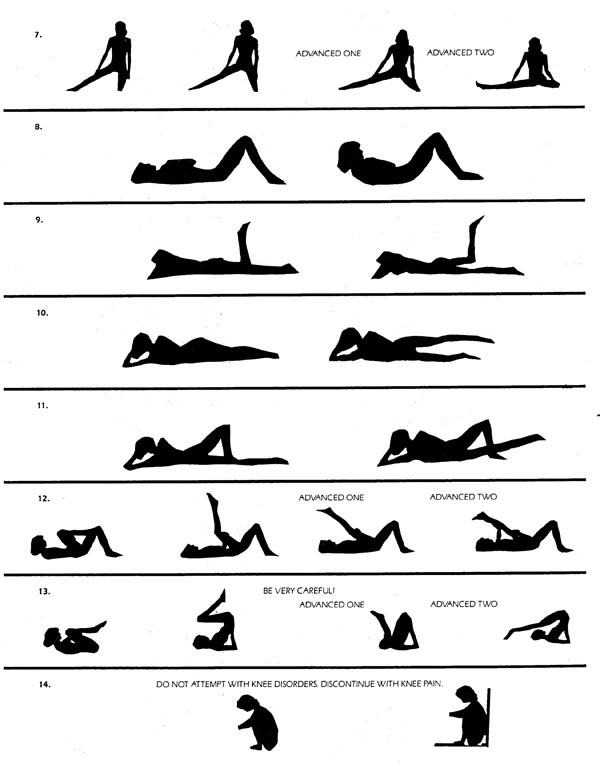Why Should I Take Vitamins?
The first question you may ask when embarking on a nutritional supplementation program is "Why should I even consider taking vitamins?" The evidence is overwhelming.....they improve the quality of our life and have the potential to improve the length of our life. For me personally the most important reason is based on the book "Empty Harvest" which explains that the soil of our farms is extremely depleted of important nutrients and therefore the foods that we eat are also depleted .....necessitating the supplementation of our diets with vitamin and mineral supplements. Here is some evidence from various research studies concerning the importance of nutritional supplementation to our diets, and this is just the tip of the iceberg.
B VITAMINS REDUCE RISK OF HEART DISEASE: Results of a new study indicate that consuming vitamin supplements of folate and vitamin B6 can reduce women's risk of heart disease. In the February 4th issue of The Journal of the American Medical Association, Dr. Eric Rimm of Harvard School of Public Health reports that "higher intakes of folate from food or supplements, alone or in combination with vitamin B6, are associated with substantially lower risk of coronary heart disease in women." Dr. Rimm and his colleagues followed 80,082 female nurses over 14 years, monitoring their vitamin intake and onset of heart disease. In an accompanying editorial, Dr. Kilmer McCully of the Dept. of Veterans Affairs Medical Center concludes, "These results support the view that current recommended dietary allowances for folate and vitamin B6 are too low to provide optimal protection against cardiovascular disease and need to be revised for the population as a whole."
The Journal of the American Medical Association. 1998 February 4;279:359-364, 392-393.
VITAMIN SUPPLEMENTS PROLONG LIFE: A study from the UCLA Medical Center concluded that mortality rates for people who take multiple vitamin supplements containing at least 400 mg of vitamin C per day, plus many other ingredients, had a reduction in their overall death rate of up to 65%, when compared to people who did not take high-potency vitamin supplements. A total of 11,248 individuals were followed for 10 years. The use of nutritional supplements containing doses of vitamin C much greater than the RDA more strongly correlated as a preventive for atherosclerosis, than were high levels of blood cholesterol or high dietary fat intake as causal factors. An author of the study stated that this data indicate an extension of life expectancy for the average American male of approximately 6 years, resulting from vitamin supplementation alone. An editorial accompanying that article stated that "...it is probable that a variety of antioxidants and other nutrients act in concert...increased attention should be given not only to dietary sources of these nutrients, but also to the possible benefits of dietary supplements.
Enstrom EE, Kanim LE, Klein MA: Vitamin C intake and mortality among a sample of the United States population. Epidemiology 1992;3(3):194-202.
VITAMIN C PREVENTS CATARACTS: The October 1997 issue of the American Journal of Clinical Nutrition reports that as little as 400 mg of vitamin C daily can reduce the incidence of cataracts by 76%. In a study of 120,000 elderly women over many years, those who took an average of 400 milligrams of vitamin C daily had only 23% the risk of cataracts. This study by USDA scientist P.F. Jacques was done with nurses from the Harvard Nurses' Health Study Project.
VITAMIN E BOOSTS IMMUNITY: A recent study reported in the Journal of American Medical Association (JAMA) suggests that vitamin E boosts the immune system. In these randomized controlled studies, some people received placebos and some vitamin E. The people receiving the vitamin E showed a clinically significant improvement in their cell-mediated immunity. In addition, persons who had the highest serum levels of vitamin E had had greater delayed-type hypersensitivity and antibody response to hepatitis B.
 Meydani SN, Meydani M, Blumberg JB, et al, Tufts University, Boston and other centers. Vitamin E supplementation and in vivo immune response in healthy elderly subjects: A randomized controlled trial.JAMA. May 7, 1997;277:1380-1386
Meydani SN, Meydani M, Blumberg JB, et al, Tufts University, Boston and other centers. Vitamin E supplementation and in vivo immune response in healthy elderly subjects: A randomized controlled trial.JAMA. May 7, 1997;277:1380-1386
**********************************
PRIMARY AND SECONDARY VITAMIN DEFICIENCY - WHAT IS IT?
A vitamin deficiency may be primary, in which case your dietary intake is lower than the normal requirement of a particular vitamin. Vitamin deficiencies may be secondary, in which case although the dietary intake is adequate a pre-existing disease or state of stress is present that increases your bodies need for certain vitamins and minerals. Examples of this would be: malabsorption of food due to poor digestion, chronic alcoholism, repeated pregnancies and lactation. Many people today have micro deficiencies, in which they do not have obvious symptoms but they may suffer from difficulty concentrating, lack of energy, poor wound repair and a whole host of other mild, but annoying symptoms.
FAT SOLUABLE, WATER SOLUABLE, ESSENTIAL ?
When you take fat-soluble vitamins (A, D, E and K), the vitamins are stored in your liver and in the fatty tissues of your body until you need them. Some are stored for a few days, some for up to six months. Water-soluble vitamins such as Vitamin C and the B group, are not stored as much in your body. Instead, they travel through your bloodstream and whatever your body doesn't use comes out when you urinate. So these kinds of vitamins need to be replaced often but many people fail to do so leading to vitamin deficiencies and potential health problems. If you see the term "essential" in front of a nutrient such as "essential fatty acids" it means that your body cannot manufacture or produce this substance by itself, so the substance must be introduced regularly through the diet. A simple but important example of this is Vitamin C, it is an essential vitamin and we need daily regular doses of it to stay healthy ....at a minimum 500 - 1000 mg daily! A good multi-vitamin/multi-mineral supplement is the foundation of good health and wellness nutritional program. ....Vitamins are, no doubt, critical for a healthy body and mind.
Vitamin Dosages - RDA vs. ODA
The RDA (Recommended Daily Allowance) represents the levels of intake of essential nutrients considered to be adequate to meet the known needs of practically all healthy people. These figures were first published in 1943 and have been updated and expanded as data became available. Many natural health physicians feel that the RDA's are inadequate to maintain vibrant health and prevent the diseases that commonly plague us in this current day and age such as cancer, heart disease and diet related disorders such as diabetes.
The ODA (Optimum Daily Allowance) represents a level of nutritional supplementation that surpasses "the known needs of practically all healthy people". The goal of the ODA is to support health, wellness and disease prevention where possible. The ODA represents a new reference level beyond the RDA, which many researchers in anti-aging medicine believe to have disease preventing and anti-aging effects. The ODA is often many times greater than the RDA. Whereas the RDA levels are designed to prevent disease caused by deficiency in a certain nutrient, the ODA assumes the minimum amount is met and wants to exceed that amount to try and prevent disease from occurring, possibly heal disease or ward of the effects of aging on the body.
Some examples of RDA vs. ODA are as follows:
- Vitamin C: RDA = 85mg ODA = 250-3000mg
- Vitamin E: RDA = 15 IU ODA = 50-800 IU
- Vitamin B12: RDA = 3mcg ODA = 10-100mcg
- Magnesium: RDA = 350mg ODA = 400-600mg
For more information on RDA vs. ODA I recommend reading: The Real Vitamin & Mineral Book: a Guide to The Nutritional Supplements You Really Need and Their Most Effective Dosages, 2nd edition. Shari Lieberman, Ph.D. and Nancy Bruning. Avery Publishing Group. 1997.
Why Should I Take Herbal Supplements?
The first question you may ask when embarking on a nutritional supplementation program involving herbs is "Why should I consider taking herbal based supplements?"
To answer this lets first learn a little bit about herbs. An herb by definition is - a plant or plant part valued for its medicinal or culinary value. In general there are two categories of herbs, "Culinary and Medicinal".
Culinary Herbs: Culinary herbs are used in small amounts and provide flavor to food and are more often known as "spices". Many culinary herbs are perennials such as thyme or lavender, while others are biennials such as parsley or annuals like basil. Some perennial herbs are shrubs (such as rosemary), or trees (such as bay laurel). Some plants are used as both an herb and a spice, such as dill weed and dill seed or coriander leaves and coriander seeds. Also, there are some herbs such as those in the mint family that are used for both culinary and medicinal purposes.
Medicinal Herbs: Medicinal herbs by definition are a plant or plant part valued for its medicinal value. Herbs have been used as medicines for centuries. They were kept in dried form in many pharmacies so that they were ready to be used when prescribed. The word "drug" is from the Anglo-Saxon word "drigan," which means to dry. For centuries, herbs have been the common medicines used in many countries. With the recent advances in medical technology, herbs have not been used as often, but many people have once again begun to use herbs as medicines due to their healing properties and lack of serious or dangerous side effects.
When Should I Use an Herbal Supplement?
In general Herbal supplements are recommended for specific health conditions. So for example, as a man, if you had prostate enlargement such as BPH or Benign Prostatic Hypertrophy (an enlarged prostate gland) you could take the herb, "Saw Palmetto" which can assist in reducing the size of the gland. Of course you would want to make sure through an appropriate health care professional that there were no other prostates related diseases present that might require medical attention.
As a woman, if you where approaching Menopause and were beginning to have hot flashes, insomnia and mild depression due to a drop in your hormone levels, you might consider taking a supplement with "Black Cohosh" root in it. This herb is very effective for many women in reducing or eliminating those three common and annoying symptoms of early menopause. When properly prescribed Herbal Supplements can have a profound effect on your overall health and well being and are a practical first step in approaching non threatening health disorders.



 Nutritional Support for Disc's and Joint's
Nutritional Support for Disc's and Joint's

 The following exercises are designed to be done:
The following exercises are designed to be done:


 Meydani SN, Meydani M, Blumberg JB, et al, Tufts University, Boston and other centers. Vitamin E supplementation and in vivo immune response in healthy elderly subjects: A randomized controlled trial.JAMA. May 7, 1997;277:1380-1386
Meydani SN, Meydani M, Blumberg JB, et al, Tufts University, Boston and other centers. Vitamin E supplementation and in vivo immune response in healthy elderly subjects: A randomized controlled trial.JAMA. May 7, 1997;277:1380-1386